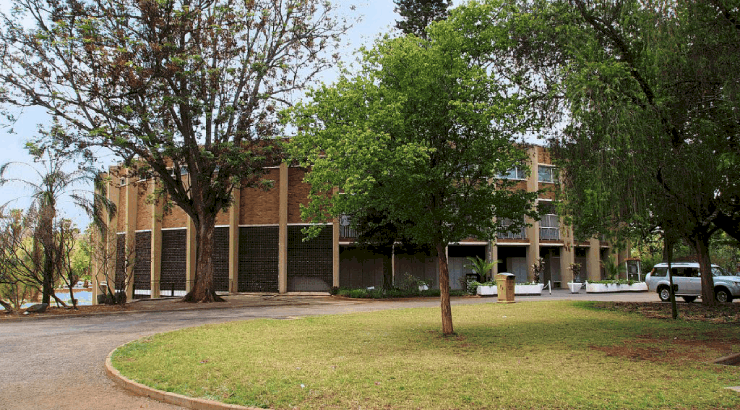

Natural History Museum Bulawayo
Natural History Museum Bulawayo: Zimbabwe's Window to the Natural World
The Natural History Museum Bulawayo is located in Bulawayo, Zimbabwe, along Leopold Takawira Avenue. Opened officially in 1964, this museum showcases exhibits that depict the history, mineral wealth, and wildlife of Zimbabwe, including the world's second-largest mounted elephant. It stands as one of the five national museums nationwide and is the only natural history museum in Zimbabwe.
Facilities and Collections
The museum features nine public display galleries, a lecture hall that can accommodate 120 people, a cafeteria, and eight research departments. These departments maintain extensive study collections and conduct ongoing research in a variety of disciplines, including Arachnology and invertebrates, Entomology, Ornithology, Mammology, Herpetology, Ichthyology, Paleontology and Geology, and Archaeology.
Highlights of the Departments
- Geology: Housing over 15,000 rock, gem, and crystal samples, this department showcases rare minerals like the Zambia broken hill lean/zinc minerals and kermesite specimens. The collections are housed in the Mennell Gallery and include a walk-through mine for an immersive experience.
- Paleontology: This collection includes over 2,500 specimens, including plant fossils, various dinosaurs, early mammals, fish, and other invertebrates.
- Entomology: Established in 1911, it holds over 5 million insect specimens, with a majority housed in the George Arnold Entomological laboratory.
- Arachnology: Established in 1983, this department houses over 20,000 spider specimens.
- Ichthyology: This department maintains a collection of fish, with only frogs displayed for the public.
- Herpetology: The department collects reptile and amphibian specimens, most of which are preserved, with only a few live snakes. It is housed in the Donald Broadley Gallery.
- Ornithology: This department is responsible for the collection of bird specimens (skins, nests, eggs, etc).
- Mammalogy: This department holds mammal specimen collections, primarily skins from various sources, housed in the Livingstone Sango-Moyo Gallery.
- Archaeology and Monuments: This department preserves the historical exhibits and structures in the museum. These exhibits are housed in the Hall of Kings and the Hall of Man.
The Natural History Museum Bulawayo offers a comprehensive overview of Zimbabwe's natural world and its rich geological, biological, and archaeological heritage, making it a must-visit for anyone interested in these subjects.
Location
Contact Information
Contact Listings Owner Form
Natural History Museum Bulawayo 0 reviews
Write Your ReviewThere are no reviews yet.

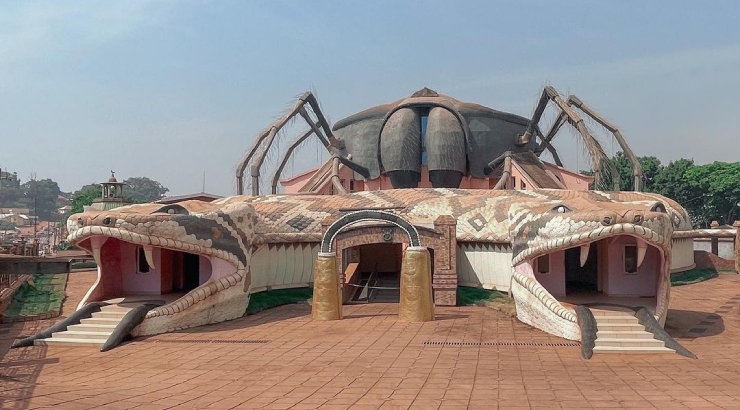

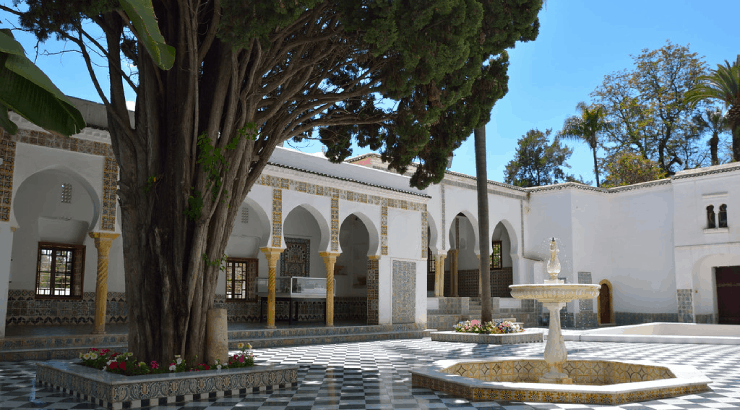
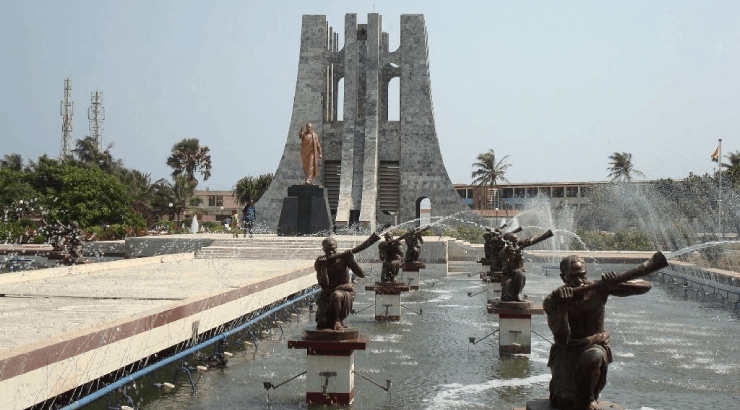

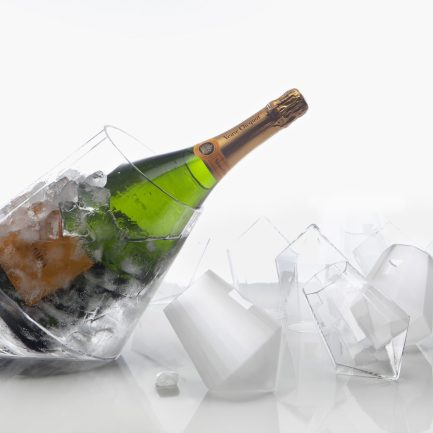
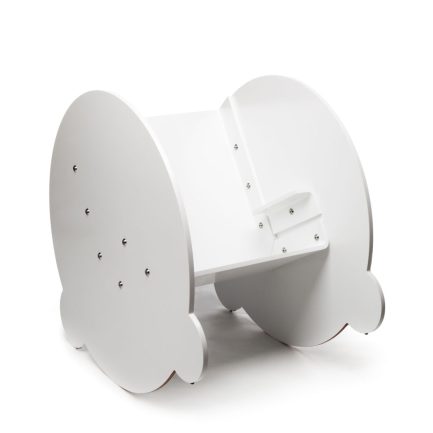
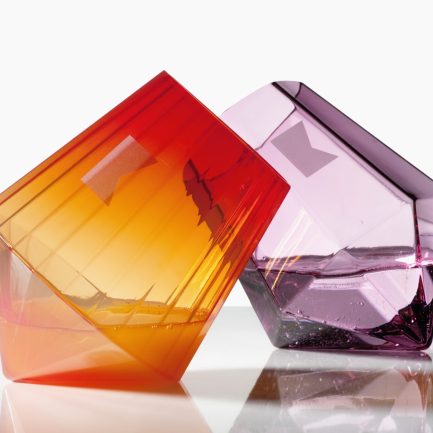
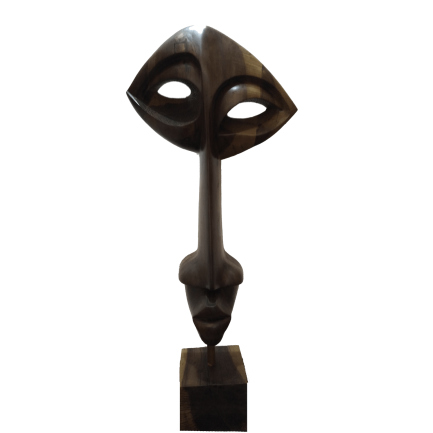

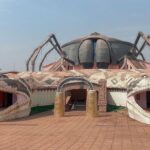
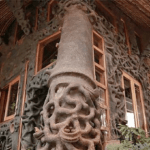
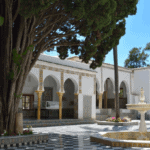
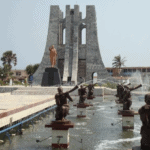
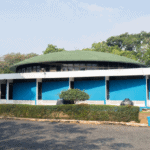
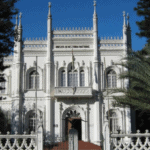
 No products in the basket.
No products in the basket.